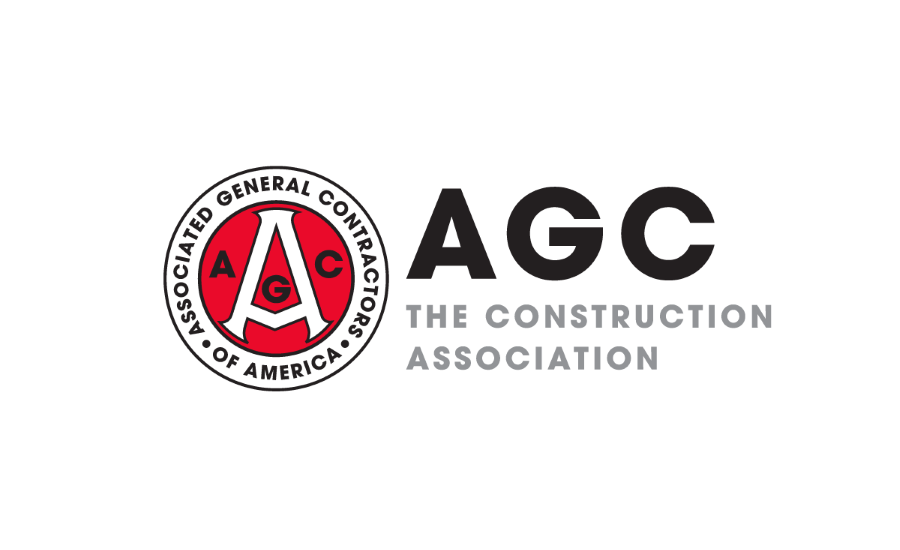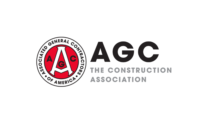Total construction spending increased by 0.5 percent in August, driven by increases in most large nonresidential construction segments in addition to residential projects, according to an analysis of federal spending data the Associated General Contractors of America released Oct. 2. Association officials said that while growing demand for construction is welcome news, construction firms remain concerned about finding enough qualified workers to keep pace with demand.
“For now, all types of construction are growing,” said Ken Simonson, the association’s chief economist. “But unless the supply of qualified workers increases, many projects are likely to be delayed.”
Construction spending, not adjusted for inflation, totaled $1.983 trillion at a seasonally adjusted annual rate in August. That figure is 0.5 percent above the July rate, which was revised up from the initial estimate. Spending on private residential construction increased for the fourth consecutive month in August, by 0.6 percent. Spending on private nonresidential construction increased by 0.3 percent in August, while public construction investment increased 0.6 percent.
Spending was mostly positive among large nonresidential segments. Spending on manufacturing plants increased 1.2 percent between July and August. Spending on power, highway and street, office and health care construction each grew by 0.4 percent for the month. Educational construction was flat. In contrast, commercial construction — comprising warehouse, retail and farm construction — fell by 0.9 percent in August compared to July.
Residential spending grew by 0.6 percent from July to August. Single-family homebuilding contributed the majority share of the growth, expanding by 1.7 percent for the month. New multi-family construction was up 0.6 percent compared to July.
Association officials noted that its recent workforce survey found that 88 percent of construction firms that are hiring are having a hard time finding enough qualified workers. They urged federal officials to allow more people with construction skills to lawfully enter the country as a short-time fix to labor shortages. And they pushed Congress and the Biden Administration to boost funding for career and technical education to expose and prepare more domestic workers for high-paying careers in construction.
“We are seeing strong and growing investments in construction projects from both the private and the public sectors,” said Stephen E. Sandherr, the association’s chief executive officer. “But without new investments in construction education and training as well as programs to allow skilled construction workers into the country, those projects are going to take longer and cost more to get built.”





